Several Highly Prospective Gold Targets Situated in the UK's Most Productive Gold Field
A gold project covering the length and breadth of the Dolgellau Gold Belt in Wales and comprising several new gold targets discovered by Alba.
Despite being an established gold-producing region, the Dolgellau Gold Field is considered to be underexplored, with most of it yet to be the subject of sustained modern exploration at a regional scale, in terms of the use of methods such as low detection limit geochemical soil sampling, close-spaced ground and airborne geophysical surveys and drilling.
Alba has completed an extensive, regional scale geochemical soil sampling programme, which identified 10 significant gold anomalies over a six-mile section of the Dolgellau Gold Belt. These have since been refined to six major targets.
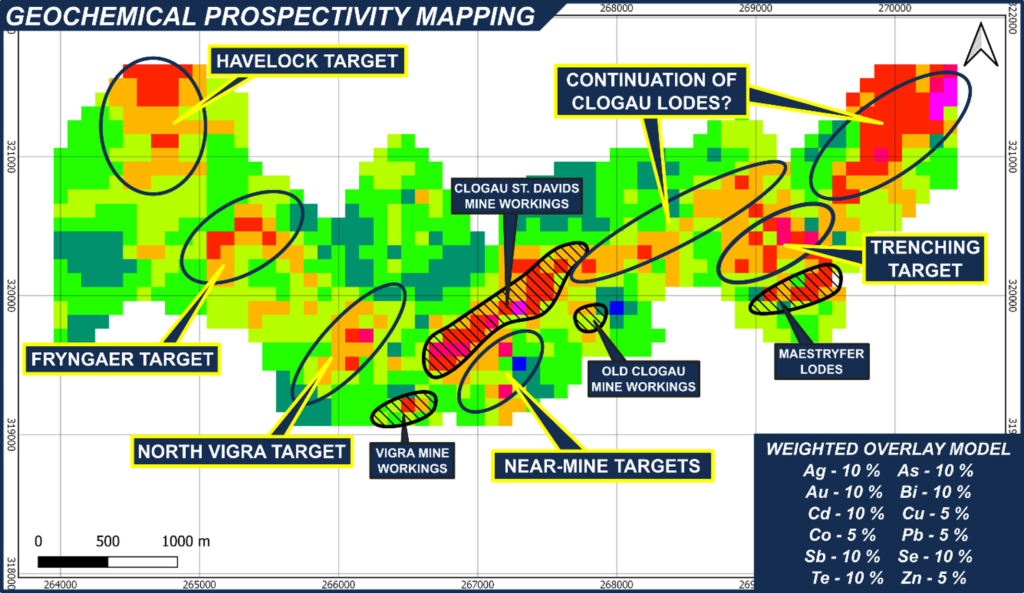
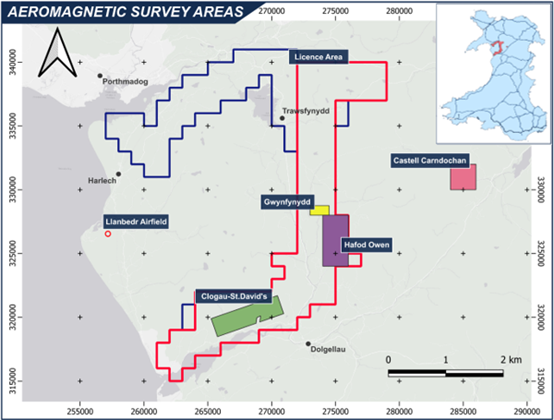
The largest gold anomaly identified is about two kilometres long, four times longer than the length of the equivalent anomaly over the historic Clogau-St David’s Mine.
Alba has also discovered potential extensions to the existing footprint of the historic mine area, with infill sampling confirming continuity of an anomaly, Lowri, lying parallel to the Llechfraith adit and a major anomaly, Eryn, lying above historic Llechfraith workings.
A high-resolution UAV (unmanned aerial vehicle) aeromagnetic geophysical survey is currently being undertaken across certain high priority gold targets within the Dolgellau Gold Belt. The survey objective is to pinpoint the bedrock sources of geochemical anomalies, to gain a better understanding of regional geology (bedrock and faulting) and to target lodes and mineralisation. The results could contribute significantly to both regional exploration and the identification of further near-mine resource opportunities. The survey should enable Alba to define targets with enough confidence to undertake follow-up investigations such as drilling.
The survey encompasses:
- a number of exploration targets near to the Clogau Mine which were identified during Alba’s extensive 2018 soil sampling campaign;
- the Hafod Owen, Castle Carndochan and Afon Gain gold prospects; and
- extensions to the Gwynyfynydd Gold Mine, which also sits within the Alba licence package.
Once UAV aeromagnetics have been used to delineate target structures, detailed soil sampling programmes can be rolled out to test whether these structures have the potential to host mineralisation in economic quantities and grades.

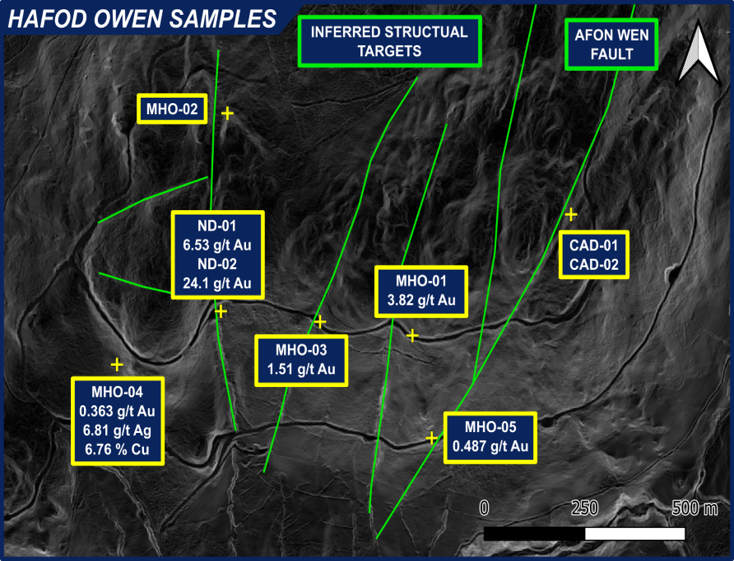
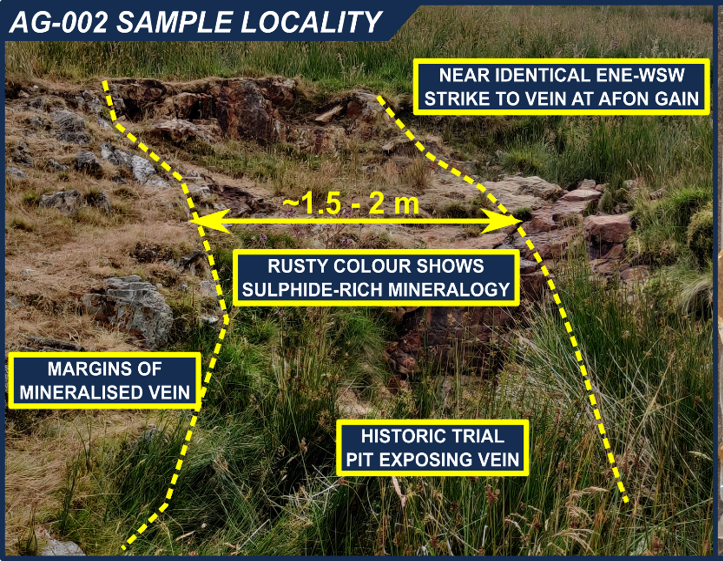 A prospective location within the Afon Gain target
A prospective location within the Afon Gain target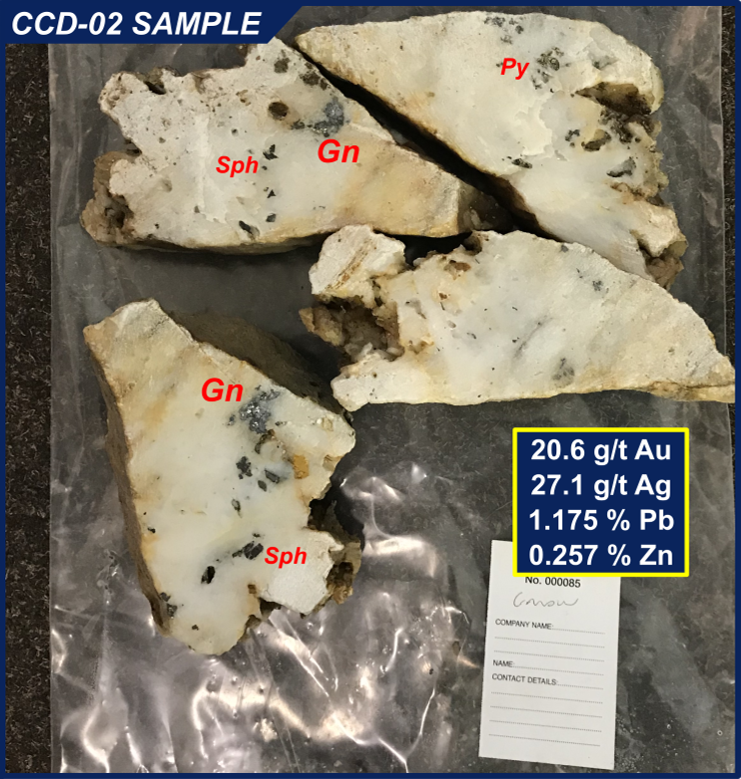 High-grade gold sample taken from Carndochan
High-grade gold sample taken from Carndochan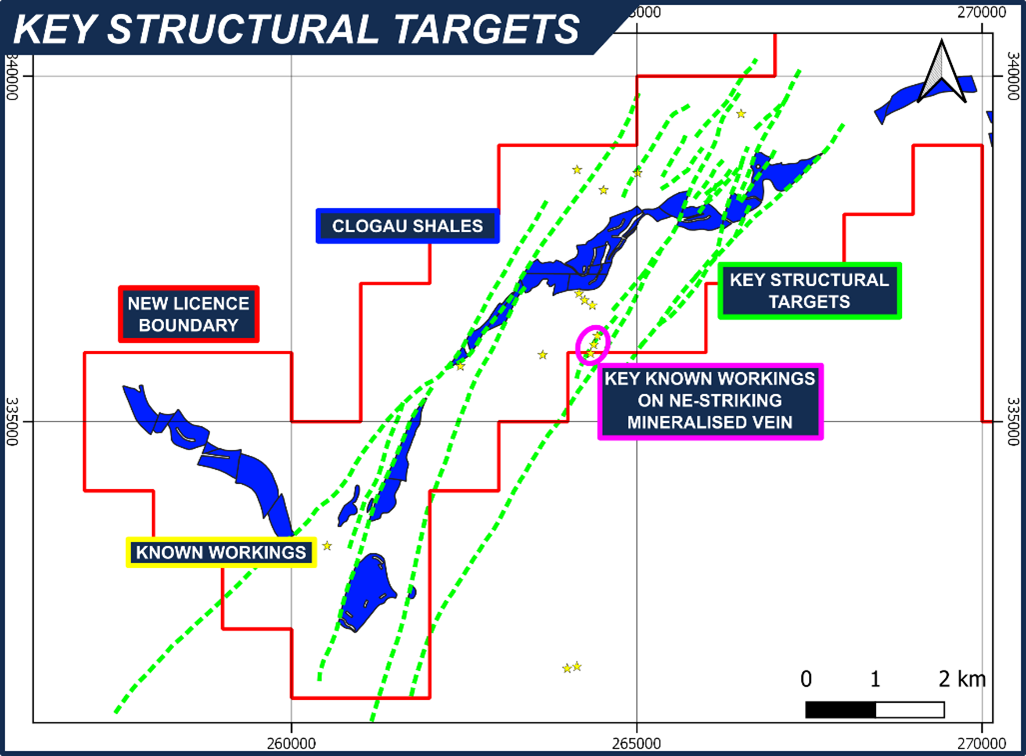 The Caerwych Prospect
The Caerwych Prospect